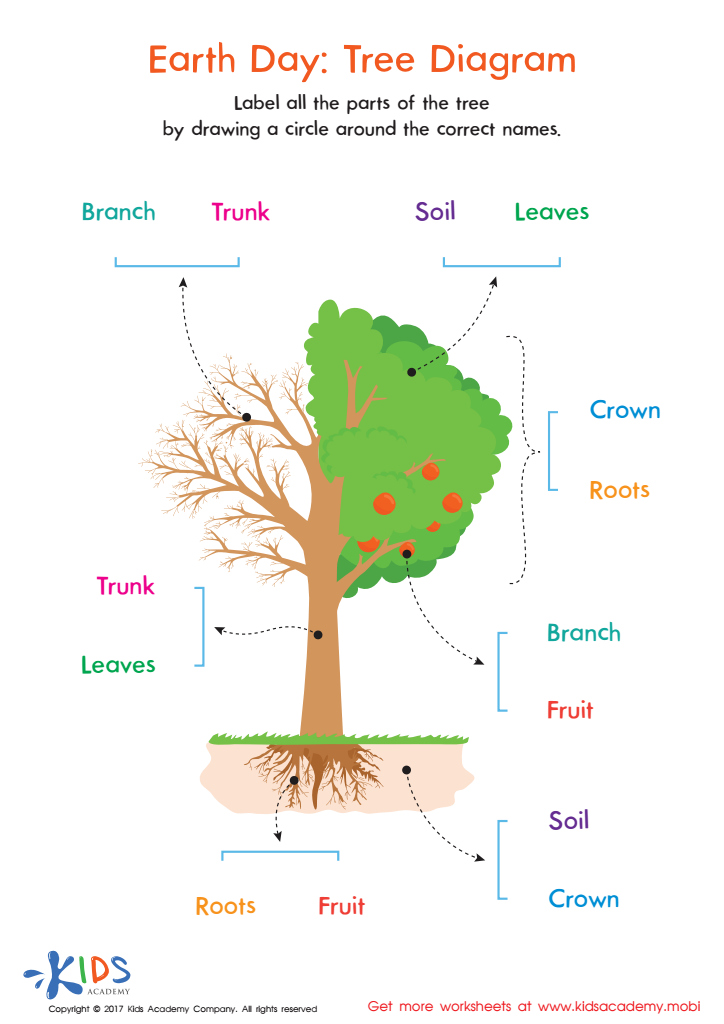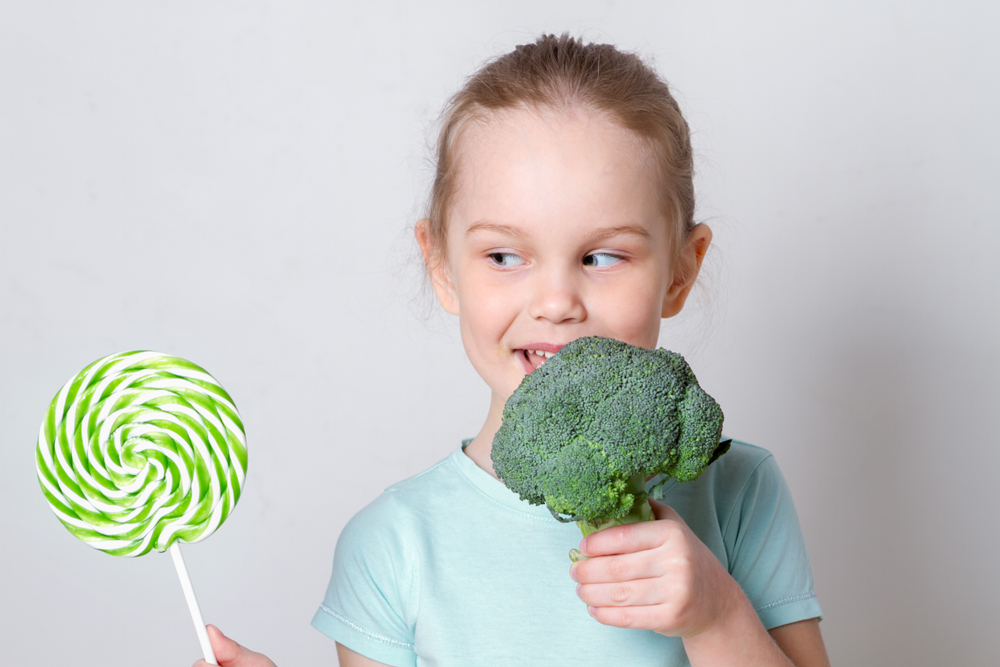Normal Plants and Animals Worksheets for Ages 4-8
12 filtered results
-
From - To
Explore our engaging "Normal Plants and Animals Worksheets" designed for children aged 4-8! These worksheets provide a fun and interactive way for young learners to discover the natural world around them. With activities focused on identifying, categorizing, and understanding various plants and animals, children will enhance their observation skills while learning essential science concepts. Each worksheet is tailored to spark curiosity and encourage creativity, making it ideal for homeschoolers, classrooms, or enrichment learning. Perfect for fostering a love of nature, these resources provide the perfect blend of education and enjoyment. Download and inspire your child's exploration today!


Mammals and Reptiles Worksheet


Where Do They Grow Worksheet


Matching Types of Leaves Printable


African Wildlife: Giraffe Worksheet


Earth Day: Tree Diagram Worksheet




Life Cycle of a Plant Worksheet


Identifying Living or Non–living Worksheet


Arctic Animals Worksheet


Life Cycle of Butterfly Printable
Parents and teachers should care about introducing young children aged 4-8 to normal plants and animals for several vital reasons. First, engaging with plants and animals fosters a sense of wonder and curiosity about the natural world. This age group is naturally inquisitive, and learning about flora and fauna encourages exploration and hands-on experiences, essential for cognitive development.
Secondly, understanding plants and animals lays the foundation for scientific literacy. Introducing concepts like ecosystems, habitats, and biodiversity at an early age will help children grasp the interconnection of life systems and the importance of environmental stewardship. Topics such as the role of plants in our oxygen supply or the basics of animal life cycles can be especially intriguing and offer engaging lessons.
Moreover, caring for plants or observing animals can enhance social and emotional growth. These activities instill a sense of responsibility, nurturing empathy and respect for all living things. Children learn life skills such as teamwork, patience, and observation by working in groups to care for community gardens or participating in field trips to animal sanctuaries.
Ultimately, introducing children to normal plants and animals not only enriches their knowledge but also cultivates a generation aware of and connected to the world around them.
 Assign to My Students
Assign to My Students

















